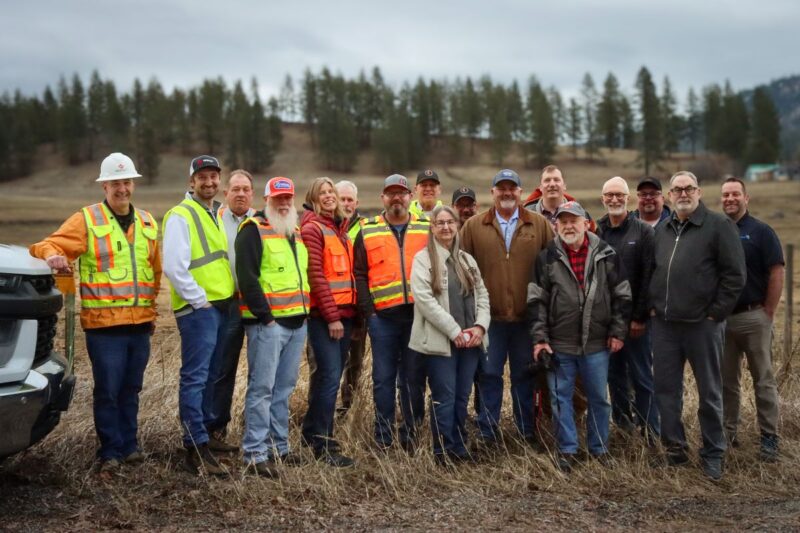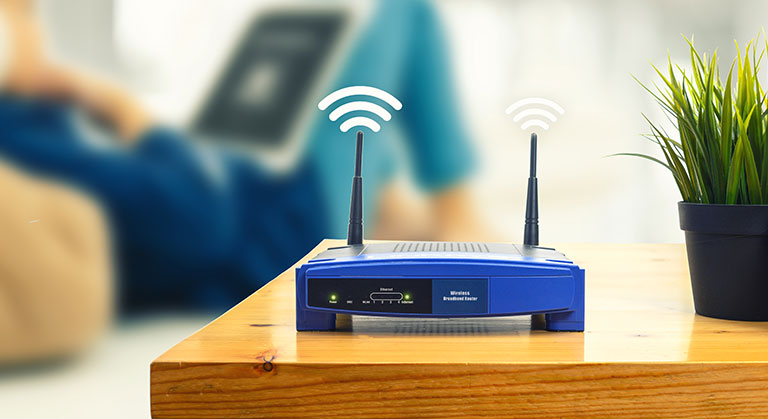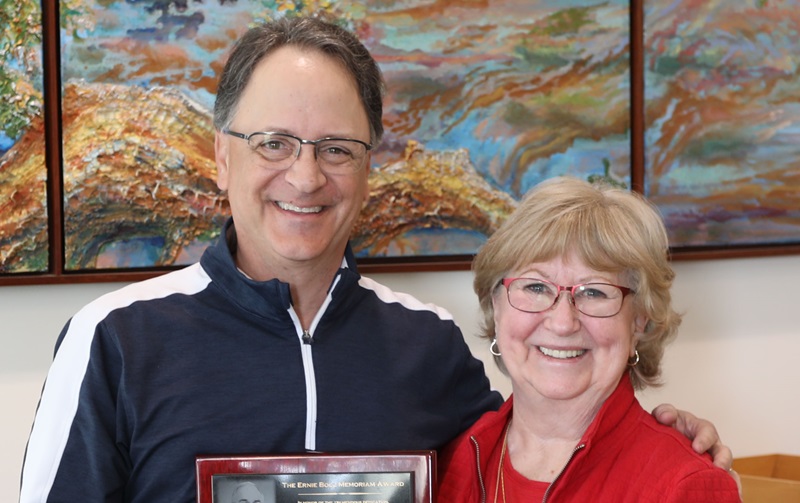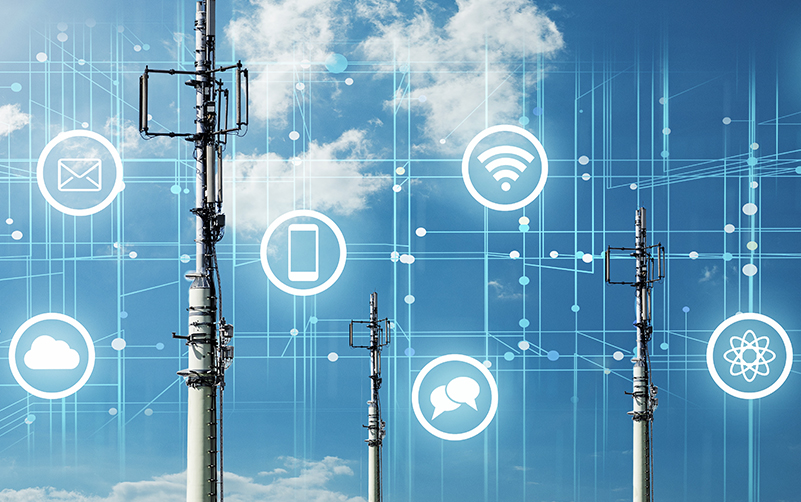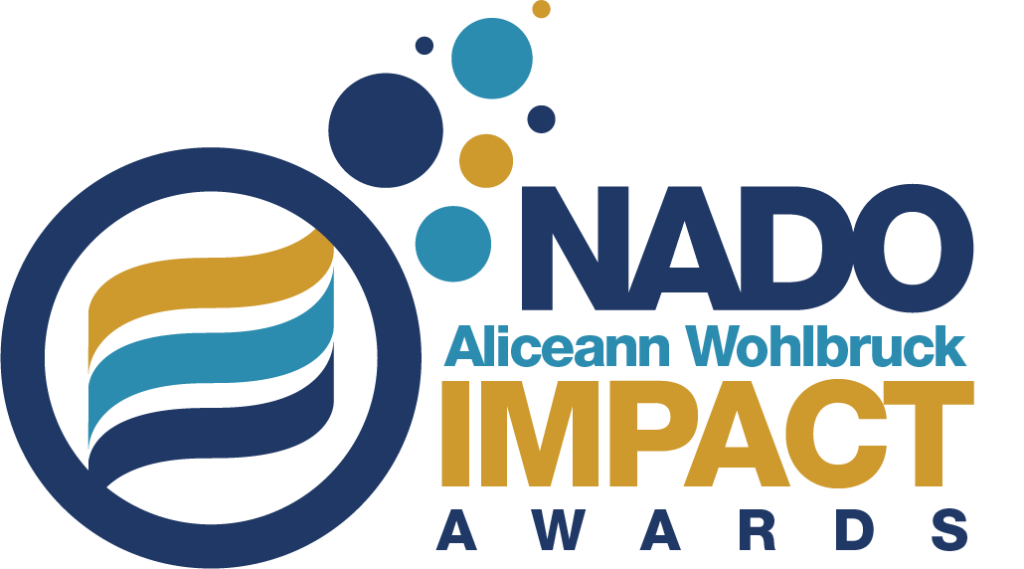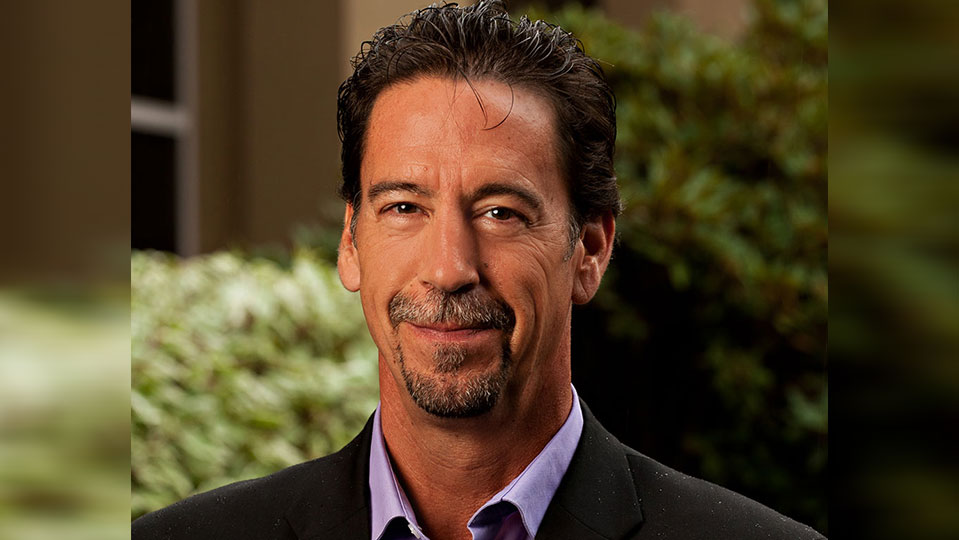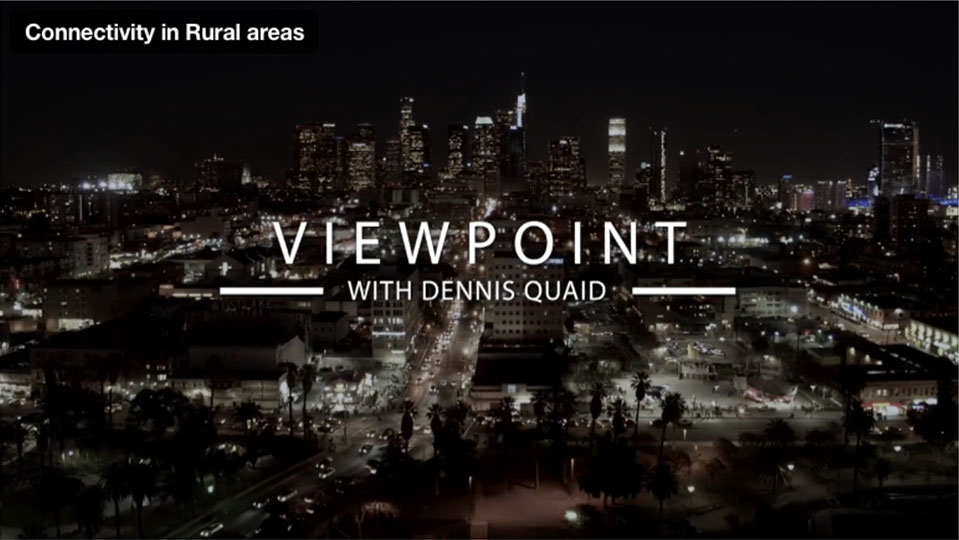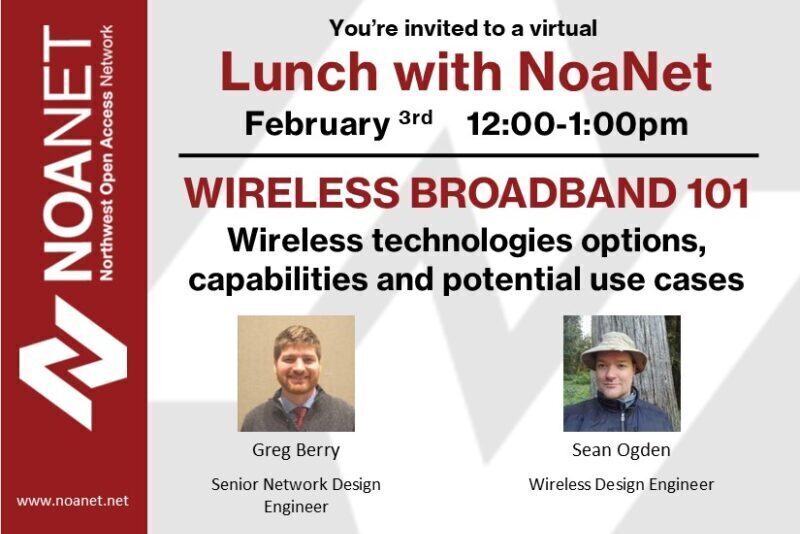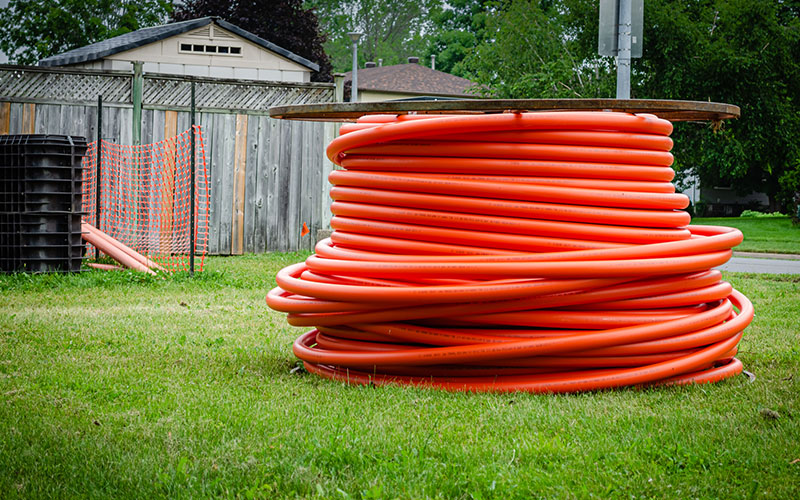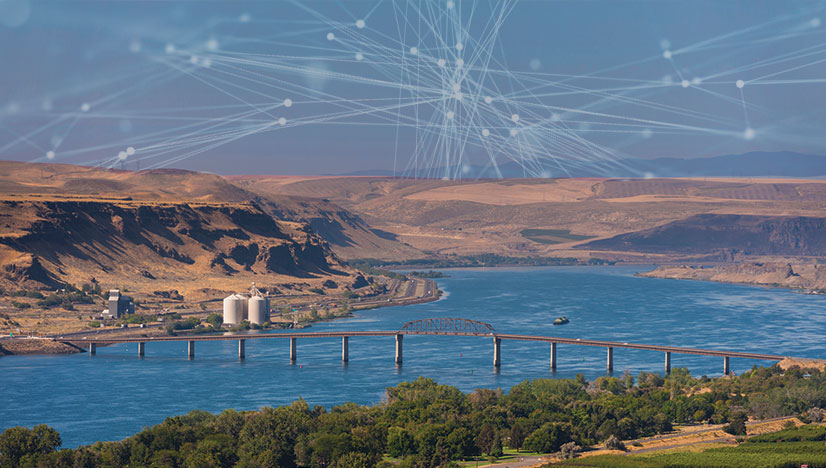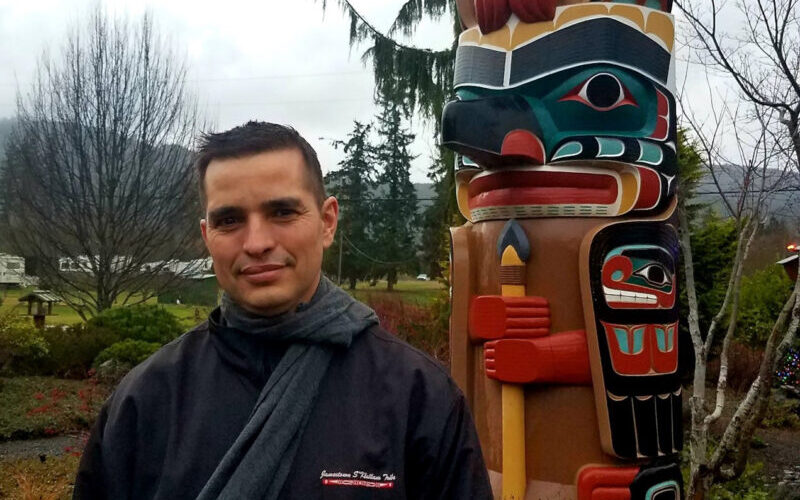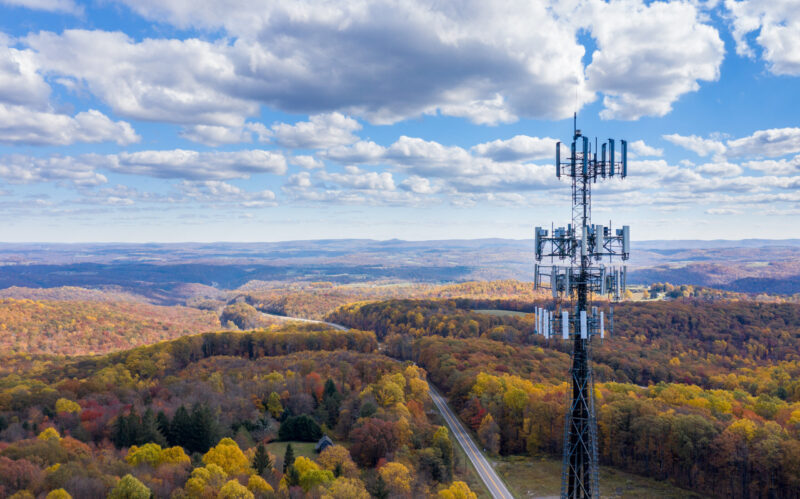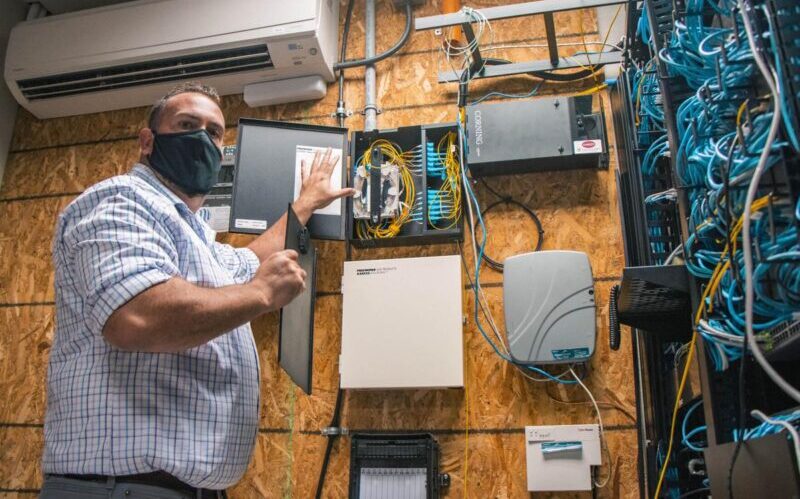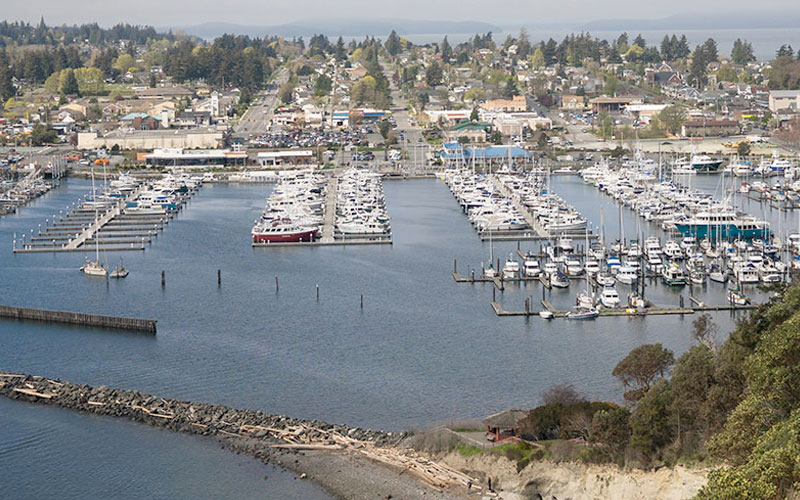Washington’s broadband-related grant and loan programs have been requiring that Internet Service Providers (ISPs) serving on grant-funded infrastructure be Affordable Connectivity Program (ACP) subscribers, but the ACP is expected to run out of its critical federal funding within the next year. In anticipation of legislation to continue funding, some have called for an expansion of the program, while others have urged that the ACP be scaled back. How can our most vulnerable populations be ensured these lifeline services via connectivity don’t become out of reach?
Approximately 95 percent of households with access to the internet have a connection at home. Most households connect through a paid subscription with an internet provider. Over the past two decades, internet service has evolved into a near necessity. The COVID-19 pandemic underscored its utility for remote work and schooling, and an increased demand for telemedicine. ACP subsidies should be prioritized as vitally as Supplemental Nutrition Assistance Program (SNAP) benefits, Affordable Care Act subsidies, or Section 8 housing benefits. First, let’s review the program.
The Affordable Connectivity Program is an FCC benefit program that helps ensure that households can afford the broadband they need for work, school, healthcare and more. The benefit provides a discount of up to $30 per month toward internet service for eligible households and up to $75 per month for households on qualifying Tribal lands.
Eligible households can also receive a one-time discount of up to $100 to purchase a laptop, desktop computer, or tablet from participating providers if they contribute more than $10 and less than $50 toward the purchase price. The Affordable Connectivity Program is limited to one monthly service discount and one device discount per household.
ACP Eligibility – Enrollment in the ACP is open for households with at least one member qualifying under any of the following criteria:
- Has an income that is at or below 200% of the Federal Poverty Guidelines.
- Participates in certain assistance programs, such as SNAP, Medicaid, Federal Public Housing Assistance, SSI, WIC, or Lifeline.
- Participates in Tribal specific programs, such as Bureau of Indian Affairs General Assistance, Tribal TANF, or Food Distribution Program on Indian Reservations.
- Is approved to receive benefits under the free and reduced-price school lunch program or the school breakfast program, including through the USDA Community Eligibility Provision.
- Received a Federal Pell Grant during the current award year.
- Meets the eligibility criteria for a participating provider’s existing low-income or COVID-19 program.
What policies might increase low-income-household adoption?
Research has found that cost is the primary barrier to low-income households having an internet connection at home. The Pew Research Center found that 45% of people cite the high monthly cost of a connection as the reason they do not have broadband, with 1 in 5 citing this as the primary reason; 37% cite the cost of a computer.
The Center noted that addressing affordability requires supply-side solutions that reduce the cost of building networks and delivering service to American homes (including research on the effects of competition on consumer prices in broadband markets and more transparency to help customers understand the cost of the service they are purchasing). On the demand side, Pew suggested policy interventions that remove consumer cost as a barrier, such as policies and programs that help cover the cost of both connections and devices, as well as efforts to help connect households with those programs.
What happens if the ACP is phased out?
We contend if the ACP is phased out, barriers to adoption will grow even broader, and the digital divide will deepen. While some ISPs have their own low-income affordability programs, they are usually for a lower-bandwidth service. It’s inherently inequitable for a low-income household to have an “up to 25 or 30 Mbps” service when their neighbors can afford and have access to 1 Gbps services.
The ACP also has consumer protections built in that private ISPs may not offer in their own affordability programs, such as getting a choice of programs; getting service access regardless of credit status; prohibiting providers from excluding consumers with past due balances or prior debt from enrolling in the program; protection from hidden fees; and having a third-party grievance outlet if consumers believe they’ve been unfairly treated.
What you can do to help
- Write letters to your elected officials at local, state, and federal levels to help illustrate the importance of ACPs in your community.
- Contact the ISPs in your community about the need to offer affordability programs with quality, high-speed connectivity for truly equitable access.
- Speak with your local community leaders about the importance of these programs to ensure accessibility.
Consumers may learn more about the ACP via https://www.fcc.gov/acp. For additional internet affordability programs, this comparative blog explores several federal and private ISP-based incentives.
Northwest Open Access Network (NoaNet) is a not-for-profit wholesale telecommunications mutual corporation that has been serving Washington State since 2000. As a mission-driven organization, NoaNet focuses on bringing world-class telecommunications technology to hard-to-reach communities which lack access to high-speed affordable broadband services.


